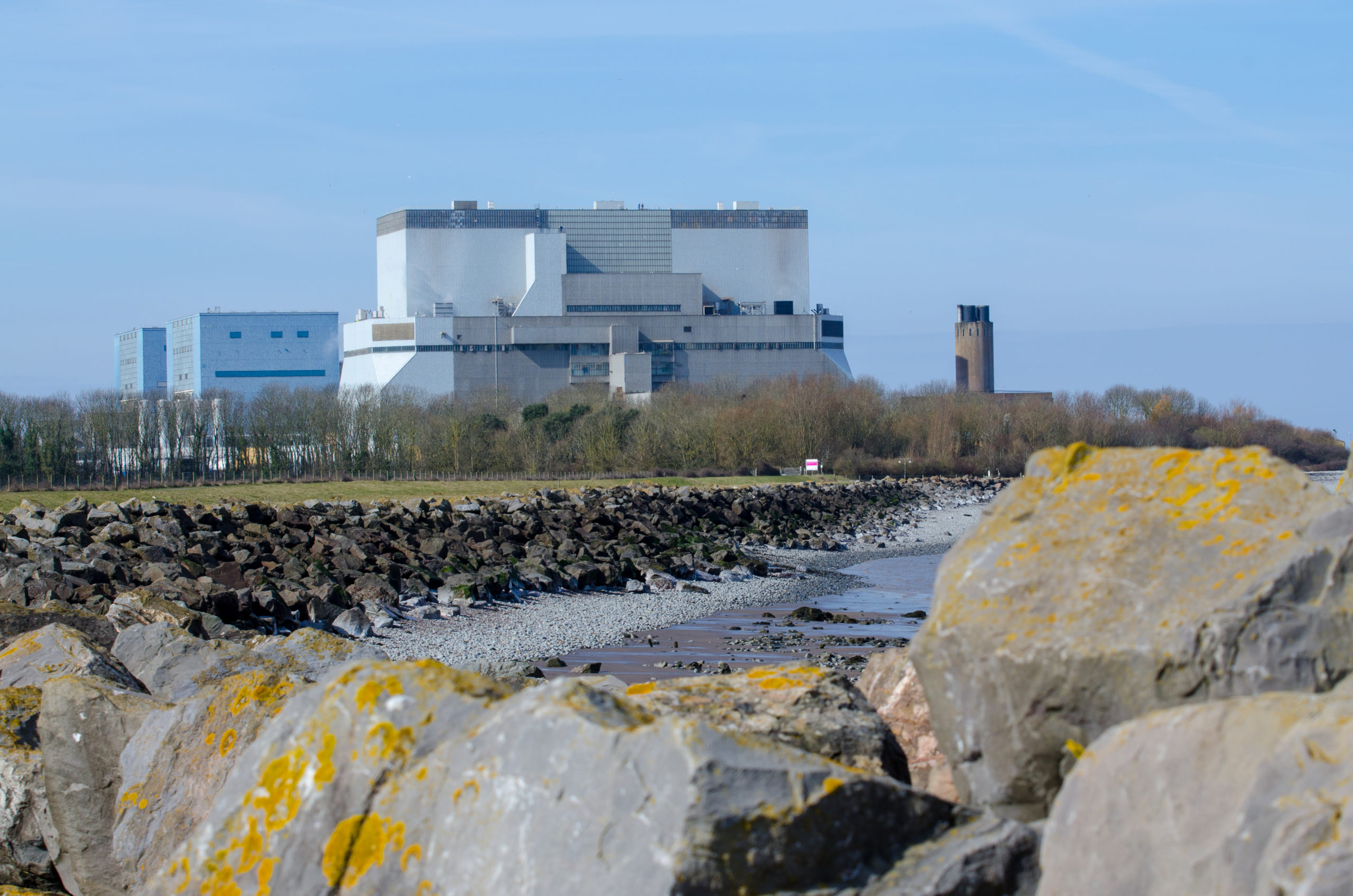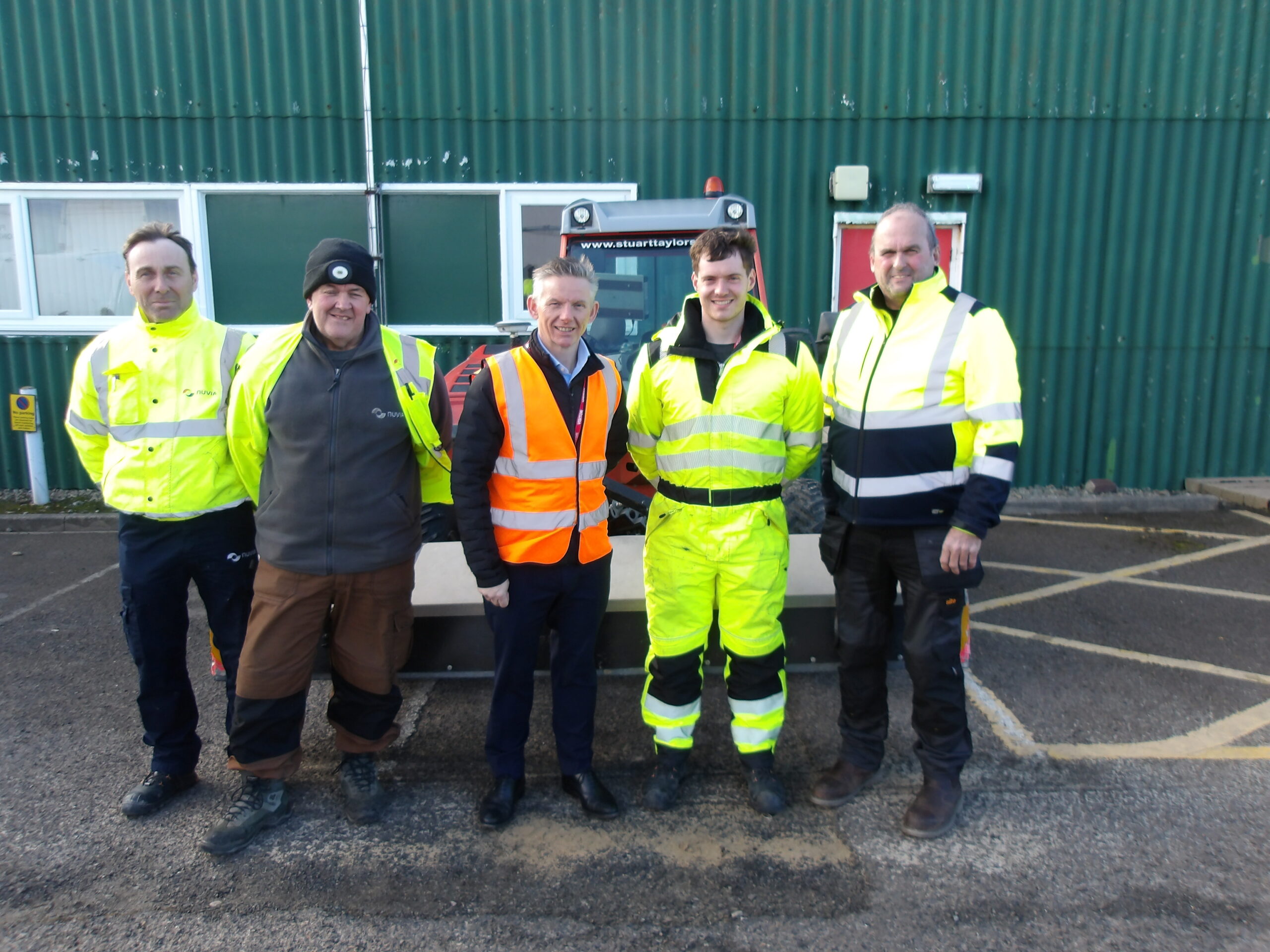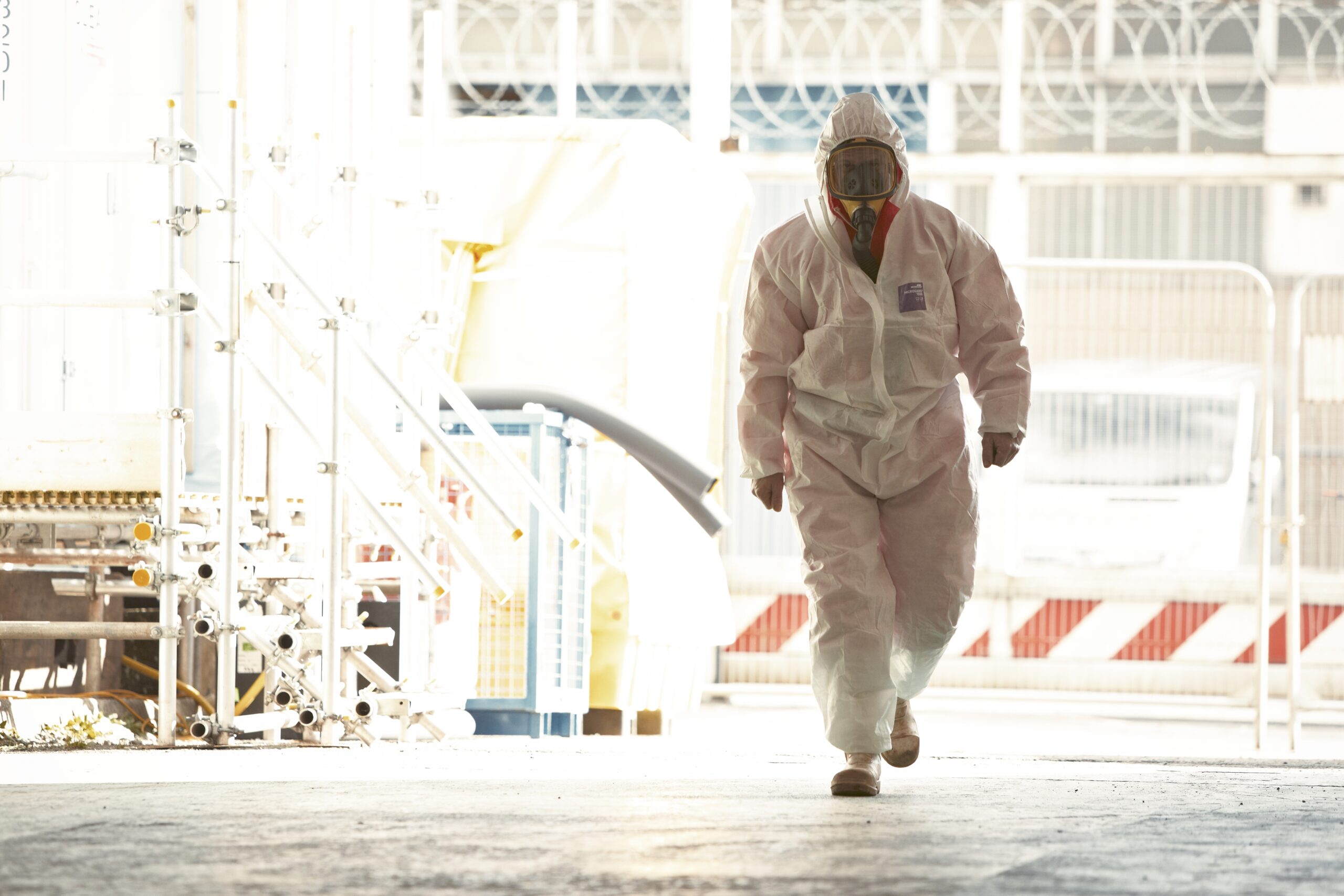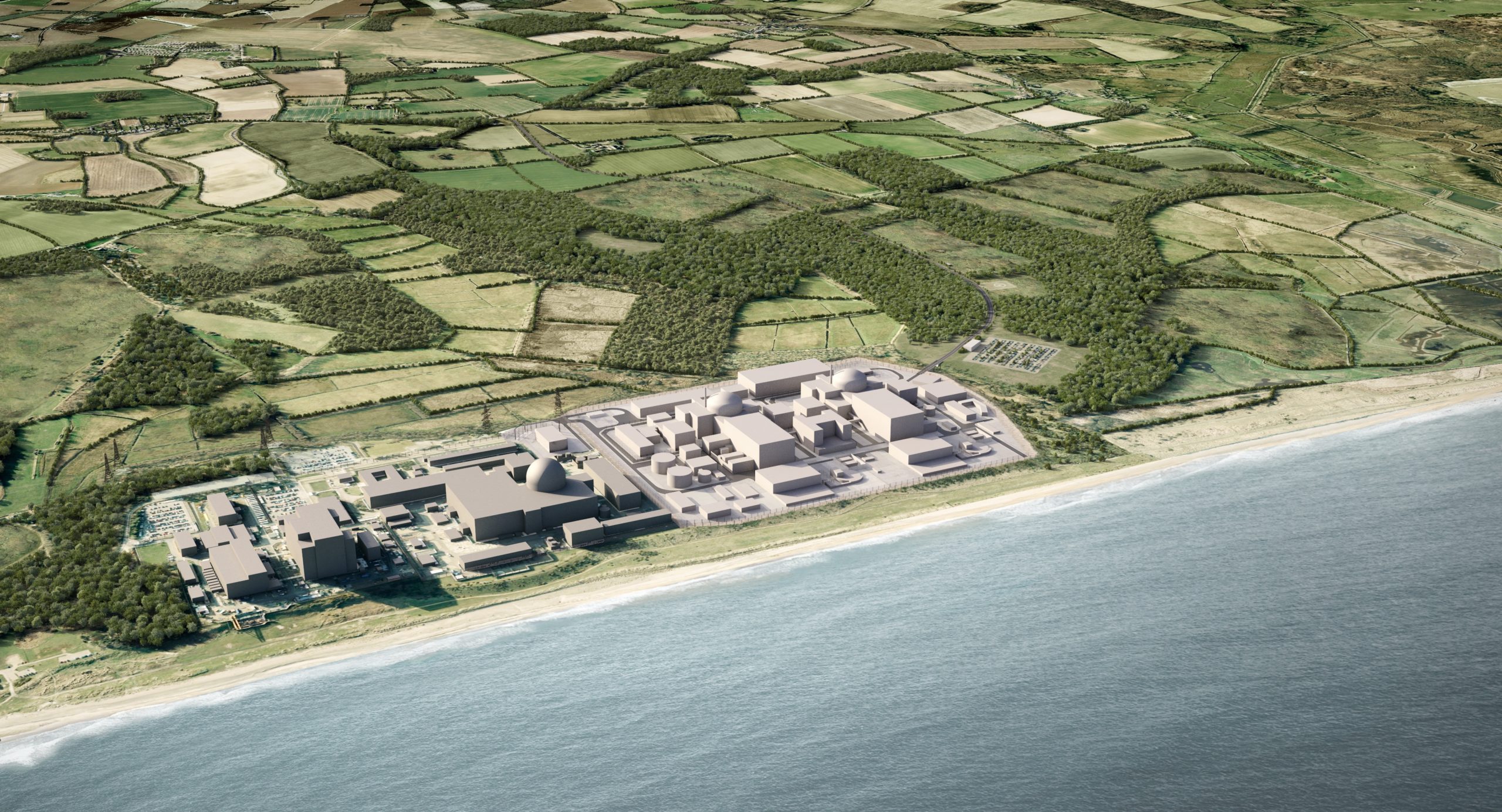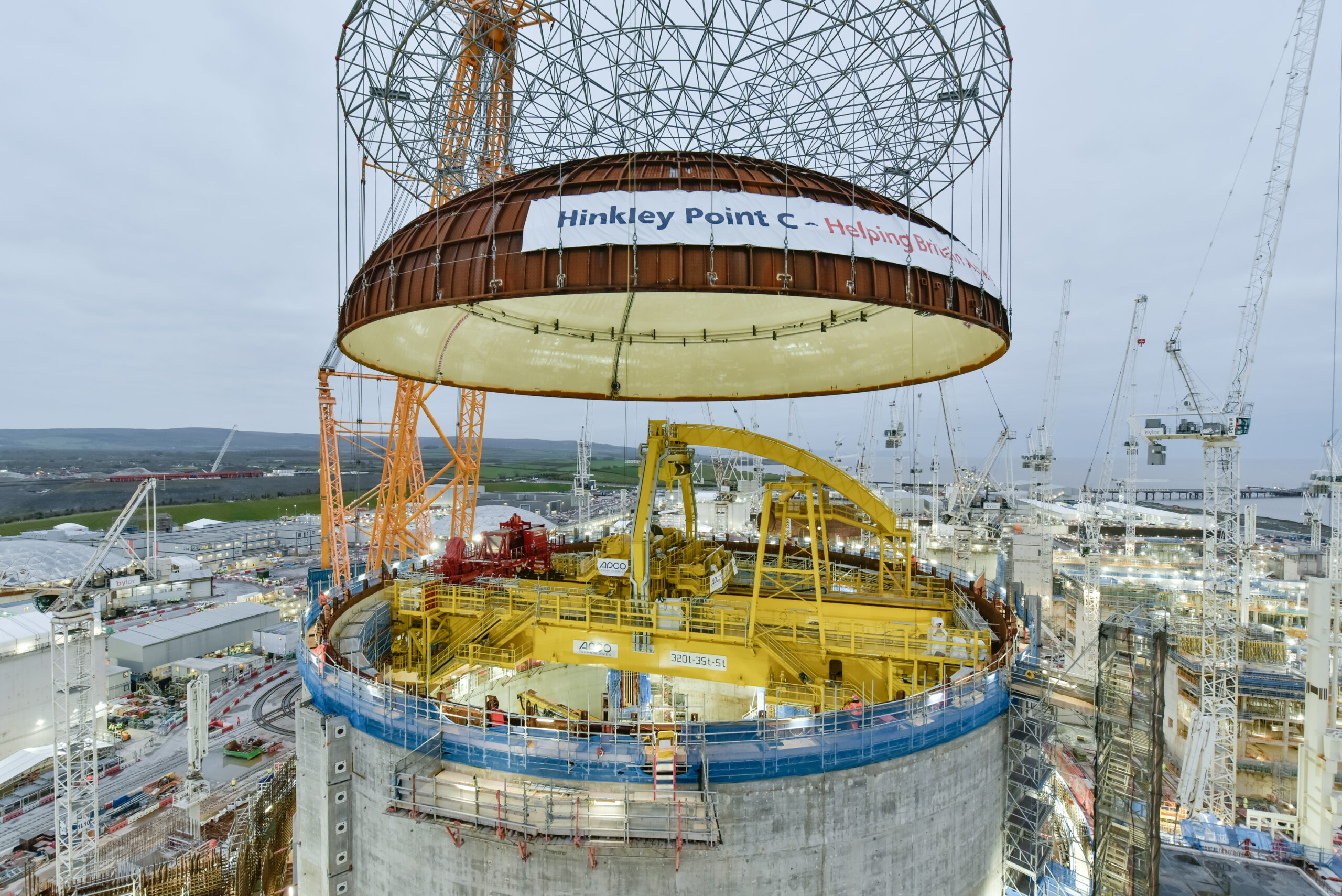"The government, along with every credible energy expert, knows that these decisions need to be made to cut the UK’s reliance on expensive and dirty gas."
Against a backdrop of a looming winter energy crisis, the likes of which many in this country will not have experienced before, losing our most productive clean energy asset is, to say the least, not ideal. But as Hinkley Point B was switched off on a warm summer’s day in August, with many of its former workers looking on with a mix of pride and sadness, it served as a timely reminder of just how vital the station, as an integral part of our record-breaking green nuclear fleet, has been to keeping the lights on in this hour of need.
Hinkley B started its life back in 1967 when construction began under the command of The Nuclear Power Group consortium. When it was connected to the National Grid less than a decade later on February 5, 1976, it was the first commercial AGR plant to generate power. Having been originally slated to run for 25 years, very few who witnessed the switch on that cold winter’s morning, would have predicted it would still be powering the South-West almost five decades later.
When it was finally switched off at 10am on 1 August, it ended its life having produced enough low-carbon electricity to power every home in the South-West for 33 years. That’s equivalent to boiling 100 billion kettles, or powering 100 million homes for a year, or the whole country for three and a half years. The station also saved a record-breaking 107 million tonnes of carbon dioxide. That carbon is worth £8.6 billion at today’s carbon price, a colossal environmental saving, especially when compared to a construction cost of £1.86 billion.
No other power station has made a bigger contribution to fighting climate change. And that’s down to our world-class engineers who kept the plant running for much longer than originally anticipated. If Hinkley Point B, a station designed and built in the 60s and 70s can operate successfully for an extra 21 years, then just imagine what newer, more modern plants could do.
When we talk about Sizewell C for instance, the planned PWR in the East of England, is an 80-to-100-year project, which will, in all likelihood, be generating a high volume of clean energy into the 2120s and beyond. There aren’t many green energy projects that can make that claim. Future generations will reap the benefits of decisions we make today.
That’s why the decision recently by the government to commit £700m to the project was received with such fanfare. When the details of that investment materialise it will mark the most important milestone for the industry since the Final Investment Decision for Hinkley Point C was approved back in 2016. There’s still work to do before Sizewell reaches that point, the details of which are outlined by the project’s Director of Finance, Julia Pyke, later in this issue, but all the signs are positive.
The government, along with every credible energy expert, knows that these decisions need to be made to cut the UK’s reliance on expensive and dirty gas. As I write this, day-ahead prices for power have reached record levels, as countries around Europe try to deal with a situation that is fast spiralling out of control and policymakers scramble to bolster power supplies and strengthen energy security.
For more than a decade, experts and industry figures have been warning that a failure to replace our retiring nuclear fleet – which will be all but gone by 2028 remember – would result in increased supply volatility, higher prices and more carbon emissions. It is with no sense of pleasure that we see a predictable, and predicted, scenario become reality in a way which is having a significant impact on a deteriorating economic situation. What is frustrating is that, with timely decision making and foresight, it did not have to be this way.
The situation now is increasingly urgent, getting new large and small modular reactors built alongside renewables is the only way to cut costs for consumers, cut gas use, hit net zero and strengthen energy security. Had decisions been made sooner on projects like Hinkley Point C – which would have saved consumers £3bn had it been online this winter – there would be plants ready to go to replace the Hinkley Bs of this world and the industry wouldn’t have to be playing catch up.
So, as one door closes in the South-West, another could be opening on the East coast. Let’s just hope that current events will help decision makers in the corridors of Whitehall learn from recent complacency and a chronic inability to discern between wishful thinking and stark reality.
This article featured in the NIA’s Autumn Edition of Industry Link. Read it here.
